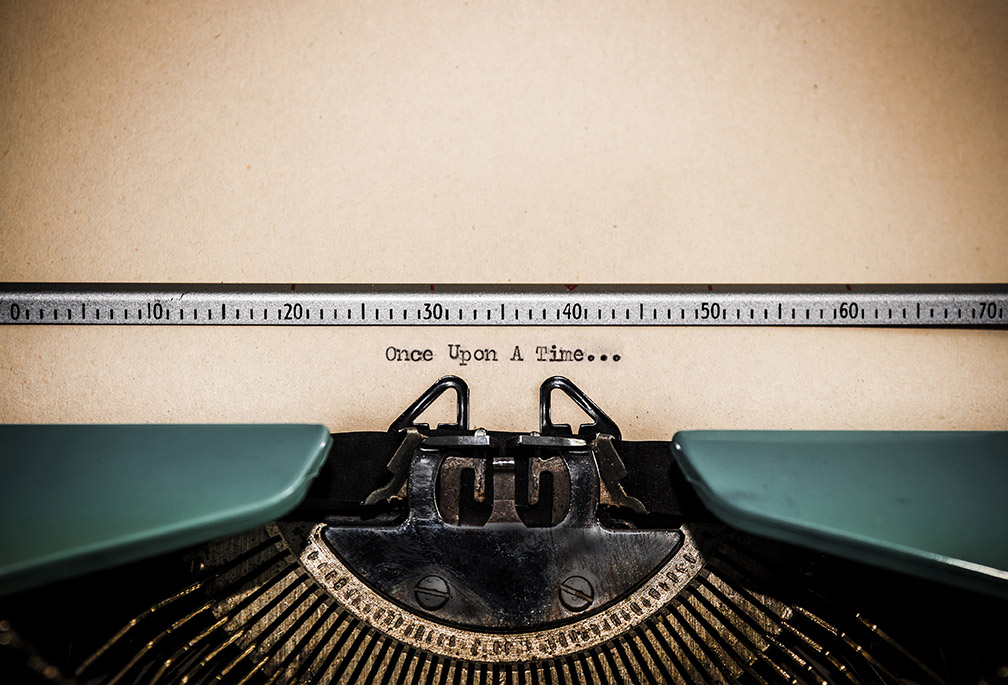What is History?”
When most people hear the word “history,” they immediately flash back to stuffy classrooms, thick textbooks, and tedious memorization sessions. But history deserves better than that dull reputation.
History is not just “what happened.”
History is not just “what happened.” It’s not a dusty shelf of names, dates, and wars, waiting to be memorized before the next multiple-choice test. It’s not simply a record of events, nor is it just the province of academics in elbow-patched blazers holding chalk and nostalgia in equal measure. History is everything—and everywhere. It’s how we make sense of who we are, what we’ve done, and where we’re (hopefully) going. It’s what Beyoncé references in Lemonade, what Marvel bends for multiverse logic, what social media revives as “vintage aesthetic,” and what politicians revise in campaign speeches. History is both a battleground and a mirror, a tool and a weapon, a legacy and a burden. So, let’s take it from the top.
Historians are, in essence, detectives piecing together incomplete clues to understand motives, conflicts, systems, and consequences. And unlike detectives, they can’t always ask the witnesses, who are—unfortunately for them—usually dead. Consider the fascinating discovery of Richard III’s remains beneath a parking lot in Leicester, England. Through careful archaeological excavation and DNA analysis, historians navigated incomplete evidence through meticulous detective work to ultimately confirm the identity of the king lost for centuries. After all, only about 2-5 % of U.S. federal government records are ultimately preserved for posterity (National Archives and Records Administration [NARA], 2021).
Let’s clear up a common misconception: The past is not the same as history. The past is everything that ever happened before now. History is our interpretation of that past. History is a constructed narrative, vulnerable to bias, omission, reinterpretation, and erasure. That’s why a textbook in Texas might look very different from one in Finland—or even one from Texas ten years ago. In the United States, for example, state textbook standards differ drastically. What a student learns about the Civil War in California can differ significantly from a student’s curriculum in Mississippi (Robelen, 2011).
Who gets to decide what’s remembered and what’s forgotten?
Who gets to decide what’s remembered and what’s forgotten? What sources are considered credible? Which voices are preserved, and which are lost? For example, only about 13% of state history standards mention Native American history after 1900 (National Congress of American Indians [NCAI], 2019). In fact, nearly every major issue today—racial injustice, global migration, war, climate change, gender roles, technology ethics—has roots in the past. Understanding the legacy of Jim Crow laws, for instance, provides essential context for current racial-justice movements. Knowing history makes you a better citizen, a sharper thinker, a more empathetic human. It inoculates you (somewhat) against propaganda, dogma, and the perceived tyranny of the present moment. A national study found that students who completed a rigorous civics course were about 5 percentage points more likely to vote in their first election (Owen, 2011).
Because today’s civic conversations increasingly unfold online, history has gone digital. Archives are online. AI helps analyze ancient texts. Social media revives everything from Regency fashion to Cold War aesthetics. While some scholars raise eyebrows at history’s oversimplification via memes, reaction videos, and “Day in the Life of a Victorian Maid” reels, others see it as an exciting democratization. More people engaging with the past—even imperfectly—is better than letting it rot behind paywalls. Digital historical archives such as the Internet Archive now draw roughly 45 million visits globally each month (Barrett, 2020).
Yet, an aesthetic isn’t an education. Romanticizing corsets doesn’t mean understanding Victorian hygiene. Googling “what happened on this day in history” is not the same as studying the long arc of social movements. Streaming platforms overall captured about 40 % of all U.S. TV viewing time by mid-2024, and historical dramas have ridden that wave of popularity (Nielsen, 2024). Bridging the gap demands curiosity, critical thought, and deep investigation.
To study history is to recognize that no moment stands alone.
To study history is to recognize that no moment stands alone. Every protest has a precedent. Every law, a legacy. Every joke, a lineage. Every system, a story. The civil-rights movement of the 1960s didn’t spontaneously appear; it built upon the struggles and advocacy of countless movements before it. Similarly, humor today carries echoes from centuries-old satire and commentary. More than four out of five students report greater understanding when courses use historical case studies (Bonney, 2015)
Now, how can you practically enhance your historical literacy? Visit museums, explore digital archives such as Google Arts & Culture, or listen to podcasts like Dan Carlin’s Hardcore History. Read primary documents and credible secondary analyses. Question sources critically—evaluate who wrote them and why. Participate in historical discussions and community events.
So next time someone says, “That’s history,” remind them that it’s never really over.
References
Barrett, K. (2020, December 18). On preserving memory. Internet Archive Blog. https://blog.archive.org/2020/12/18/on-preserving-memory/
Bonney, K. M. (2015). Case study teaching method improves student performance and perceptions of learning gains. Journal of Microbiology & Biology Education, 16(1), 21–28. https://doi.org/10.1128/jmbe.v16i1.846
King, T. E., Fortes, G. G., & Schürer, K. (2014). Identification of the remains of King Richard III. Nature Communications, 5, Article 5631. https://www.nature.com/articles/ncomms6631
National Archives and Records Administration. (2021). What records are kept permanently? https://www.archives.gov/about/info/agal/gil1.html
National Congress of American Indians. (2019, October). Becoming visible: A landscape analysis of state efforts to provide Native American education for all. https://archive.ncai.org/policy-research-center/research-data/prc-publications/NCAI-Becoming_Visible_Report-Digital_FINAL_10_2019.pdf
Nielsen. (2024, July 16). Time spent streaming surges to over 40% in June, the highest share of TV usage in the history of Nielsen’s The Gauge. https://www.nielsen.com/news-center/2024/time-spent-streaming-surges-to-over-40-percent-in-june-2024/
Owen, D. (2011, February). The influence of civic education on electoral engagement and voting (Conference paper). American Political Science Association Teaching & Learning Conference, Albuquerque, NM. https://www.civiced.org/images/stories/Resources/PapersandSpeeches/Owen_2011.pdf
Robelen, E. W. (2011, April 19). Schools walk into touchy territory with Civil War. Education Week. https://www.edweek.org/teaching-learning/schools-walk-into-touchy-territory-with-civil-war/2011/04

 By Demetra Paizanis
By Demetra Paizanis